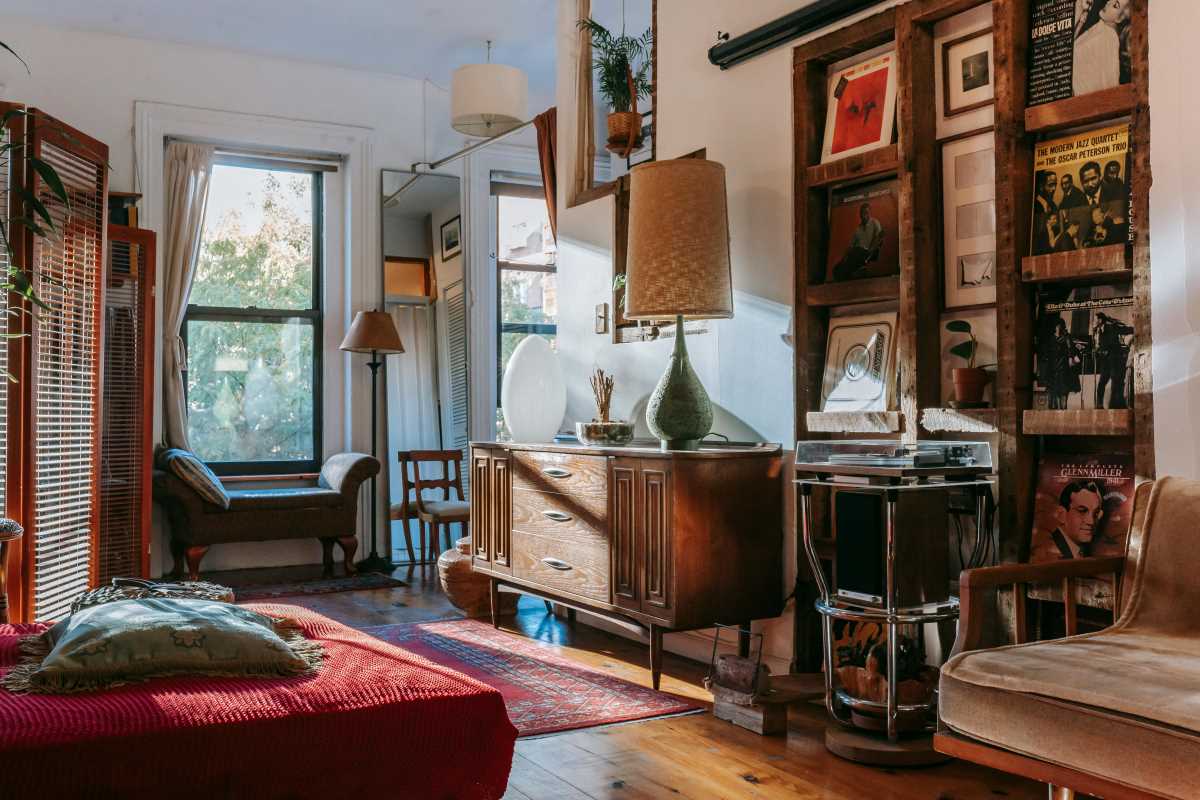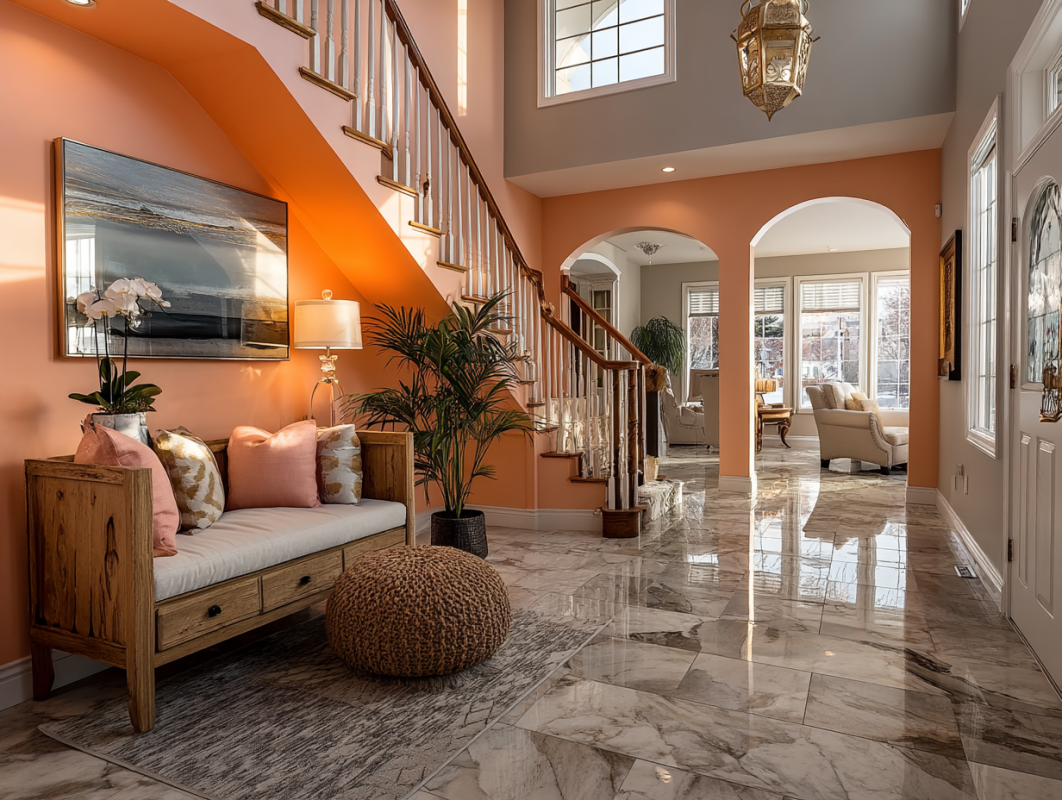Living in a noisy environment can significantly disrupt your daily life, affecting your sleep, work, and relaxation. Fortunately, creating a more peaceful space doesn’t have to be expensive. With some creative and budget-friendly strategies, you can soundproof your room effectively without spending a fortune. Here are some practical tips to help you achieve a quieter, more serene living space.
Add Weatherstripping to Doors and Windows
One of the simplest and most cost-effective methods to reduce noise is to seal gaps around doors and windows. Weatherstripping is an inexpensive solution that helps create a tighter seal, preventing unwanted noise from entering or escaping your room. You can find weatherstripping materials at most hardware stores, and they are easy to install. Simply apply the strips to the edges of doors and windows to block out external sounds and improve your room’s acoustics.
Use Thick Curtains or Blankets
Another effective way to soundproof your room is by using thick curtains or blankets over windows. These materials act as sound absorbers, reducing the amount of noise that passes through glass windows. Heavy, dense fabrics can significantly muffle external sounds and vibrations. For added effectiveness, consider using a double-layer approach by hanging both curtains and blankets. This extra layer provides better sound insulation and helps create a quieter environment.
Cover Hard Flooring with Rugs or Carpets
Hard flooring surfaces, such as tile or hardwood, can reflect sound waves and amplify noise. To counteract this, cover these surfaces with rugs or carpets. Soft materials like rugs and carpets help absorb sound waves, reducing echoes and minimizing noise transmission between rooms. Opt for thick, plush rugs for maximum sound absorption. Placing rugs in high-traffic areas and under furniture can also contribute to a quieter atmosphere.
DIY Soundproof Panels
For those interested in a DIY approach, creating your own soundproof panels can be a cost-effective solution. Materials like acoustic foam or egg crate foam are affordable and can be easily mounted on walls to help reduce echoes and muffle sound. These panels are designed to absorb sound and reduce noise levels. You can also repurpose items such as egg cartons or moving blankets as makeshift soundproofing solutions. While not as effective as commercial products, these DIY options can still provide some level of noise reduction on a tight budget.
Strategically Place Furniture
Furniture placement can have a significant impact on the acoustics of your room. Positioning bulky furniture items like bookshelves, dressers, or sofas against walls can help absorb sound waves and minimize reverberations. The dense materials of these pieces act as sound barriers, reducing the amount of noise that travels through the room. Additionally, using bookshelves as room dividers or placing large furniture items near noise sources can further enhance your room’s soundproofing capabilities.
Invest in Soundproofing Curtains
For a more substantial investment, consider soundproofing curtains. These curtains are specifically designed to block out noise and provide increased sound absorption compared to regular curtains. While they may require a higher upfront cost, their effectiveness in reducing noise makes them a worthwhile investment for those seeking a quieter living space. Soundproofing curtains come in various styles and sizes, allowing you to find an option that fits your room’s decor and soundproofing needs.
Explore Soundproofing Paint
Soundproofing paint is another option for those looking to improve their room’s acoustics. This type of paint contains sound-absorbing compounds that help reduce noise transmission through walls. While soundproofing paint may be more expensive than traditional paint, it offers a long-term solution for noise reduction. Applying a coat of soundproofing paint to your walls can enhance their ability to absorb sound and contribute to a quieter environment.
Creating a quieter room on a budget is entirely achievable with a bit of creativity and resourcefulness. By implementing these cost-effective soundproofing tips, you can significantly reduce noise and create a more serene living space without breaking the bank. From adding weatherstripping and using thick curtains to covering hard floors with rugs and strategically placing furniture, these simple solutions can make a big difference. For more substantial soundproofing, consider investing in soundproofing curtains or paint. With these strategies, you can take control of your auditory environment and enjoy a quieter, more peaceful home.
 (Image via
(Image via





